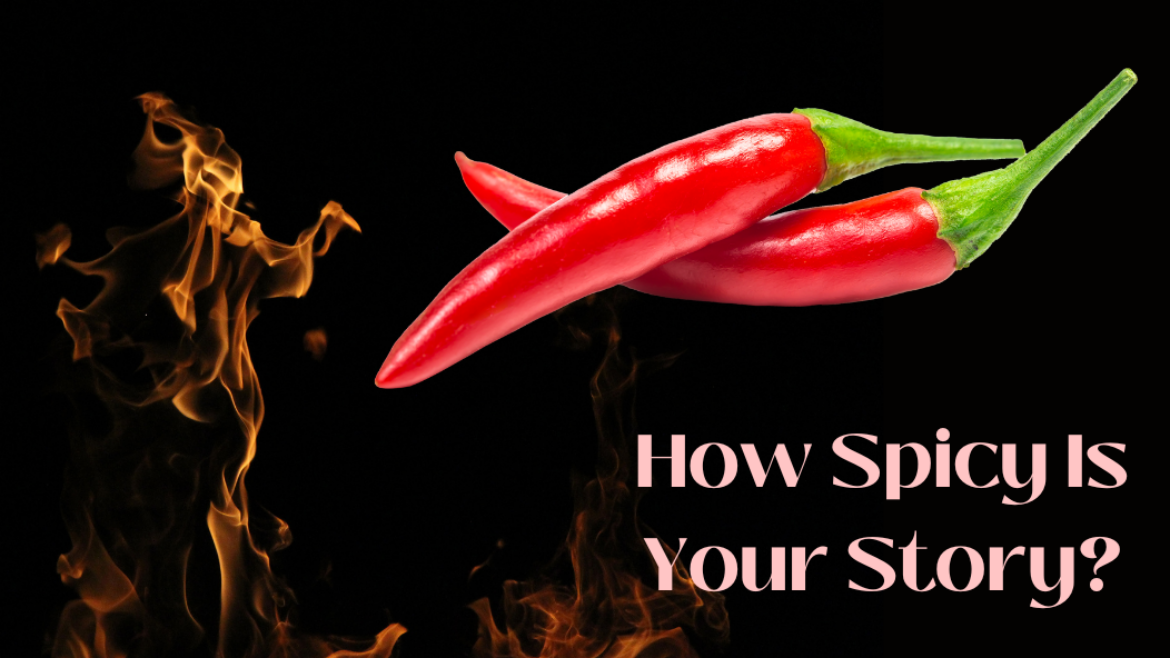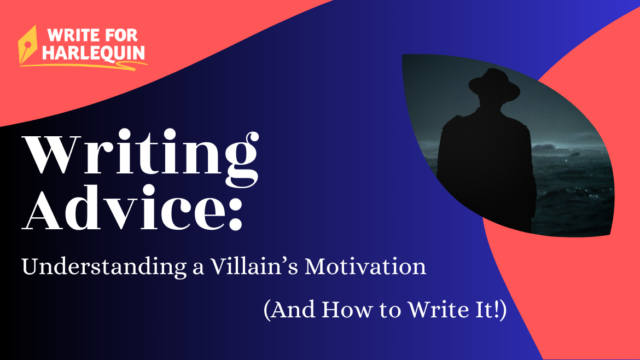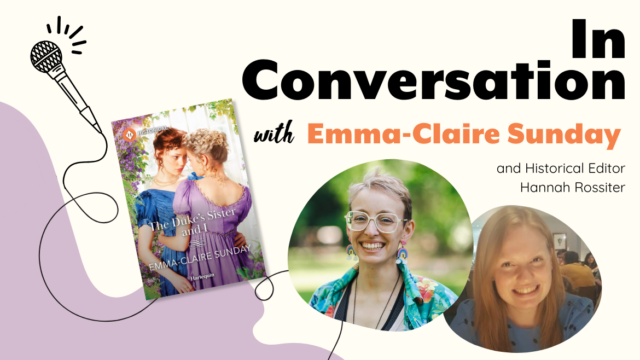
It’s usually simple to decide where you should place your story with Harlequin. If you’ve written a book about Vikings, you should submit to Historical. If your story features detectives, you are probably sending it to our Romantic Suspense or Intrigue editors. But there’s one submission guideline that can be tricky to understand, especially for newer authors: heat or sensuality level. Clean vs. sweet? Low vs. high? There are many levels of spice in romance, and each Harlequin series has their own preferred range of heat for their stories, some much narrower than others. Let’s dive in and find out what each heat level means (and which series fits your book’s romance).
Clean (or Wholesome)
“Clean” romance (or wholesome romance) is the lowest level of heat, and that means no discussion of sex scenes at all. In wholesome romances, like our Heartwarming series, that means no sex scenes, whether they are behind closed doors or explicitly on the page. In addition, there is no mention of premarital sex in any context. Of course, it’s still a romance novel, so your characters need to be interested in one another and have a happy ending. We want to see romantic tension and emotional attraction! But on the page, there should be no descriptions of anything beyond handholding, hugs, or chaste kisses. [editor’s note: there is quite a lot of discussion surrounding the term clean, as it implies that any description of sex is therefore dirty. Although at Harlequin we often prefer the term wholesome, we acknowledge that “clean” is still used in several romance spaces.]
Sweet
A term that originally was meant for teen and YA romance, sweet refers to romantic pairings where characters may be participating in more intimate activities with one another, but we don’t see it on the page. Some sweet romances feature more descriptions of physical attraction, instead of purely emotional attraction. For instance, a main character could fantasize about their love interest’s curves or muscles, and how beautiful they are. But the reader wouldn’t see the characters act on their attraction aside from kissing and the occasional clinch. Another aspect of sweet romances is that they tend to be a bit frothier and funnier, rather than angsty. Sweet romances are part of many of our Harlequin series, from warm and tender Medicals featuring relatable and caring protectors, to subtle Special Editions where protagonists find love with each other as well as connections with their families.
What about sensuality levels?
Where “clean” and “sweet” are specific terms with more defined promises, many of our series call for stories with a range of sensuality levels. These terms are a little more fluid and different editorial teams might develop their own preferences within the overall field of sensuality. But we’ll try to give you a few pointers as to what low, medium, and high heat levels mean in Harlequin series.
Low Sensuality
Low sensuality is similar to sweet romance in that sex is not on the page, but these stories allow for more variations in tone. Where sweet romances are often about first loves, meet cutes, and mishaps, low sensuality stories can offer a wider range of emotions. Our Intrigue series features thrillers that focus on darker storylines with romantic elements, and some of our Historical stories fade to black but still evoke passion and drama. Low sensuality stories are also accepted in Medical, Romantic Suspense, and Special Edition.
Medium Sensuality
Medium sensuality levels encompass a pretty wide range of sexual encounters. Although characters in medium-level stories may have sex, these books often don’t go into too much detail. There may be some more foreplay or sensual language, but often the actual sex will take place behind closed doors or “fade to black” before things get too intense. There can be a great deal of variation and overlap here, and authors will usually have a conversation with their editors about the level of detail and intensity that seems to best fit the story and the series promise. Medium sensuality stories are accepted in Historical, Intrigue, Medical, Romantic Suspense, and Special Edition.
High Sensuality
High sensuality is the top level of heat allowed in Harlequin series. These stories describe in detail sexual encounters and do not shy away from depicting the entirety of the intimate connection without having to close the door, so to speak. Series that allow high levels of sensuality include Historical, Medical, Romantic Suspense, and Special Edition. High levels of sensuality are expected in our Harlequin Romance and Harlequin Presents lines, as these series promise strong sexual tension matched with high emotional connections. Afterglow is also looking for “sex scenes that are explicit.” But what exactly does “explicit” mean?
Explicit Content
“Explicit” is a term that means different things to different writers and editors, and it can be difficult to set rules about specific descriptions or words. What may feel too intense for one reader is quite commonplace to another. As a general guideline, however, Carina Press and Afterglow are the only two series that allow for explicit content without the use of euphemisms when talking about sex. Carina’s erotic romance stories also feature sex scenes that may push characters’ boundaries and discuss intimate details that may be out of the mainstream.
Ready to Submit?
As you can see, here at Harlequin there is a place for all romance, from the most wholesome to the most intense and spicy. Now that you know a little more about the varying levels of heat we look for, we hope you have a better sense of where your manuscript might fit. Check out our Submittable page to read more about the guidelines for each series as well as discover which editor you may want to address with your submission.



